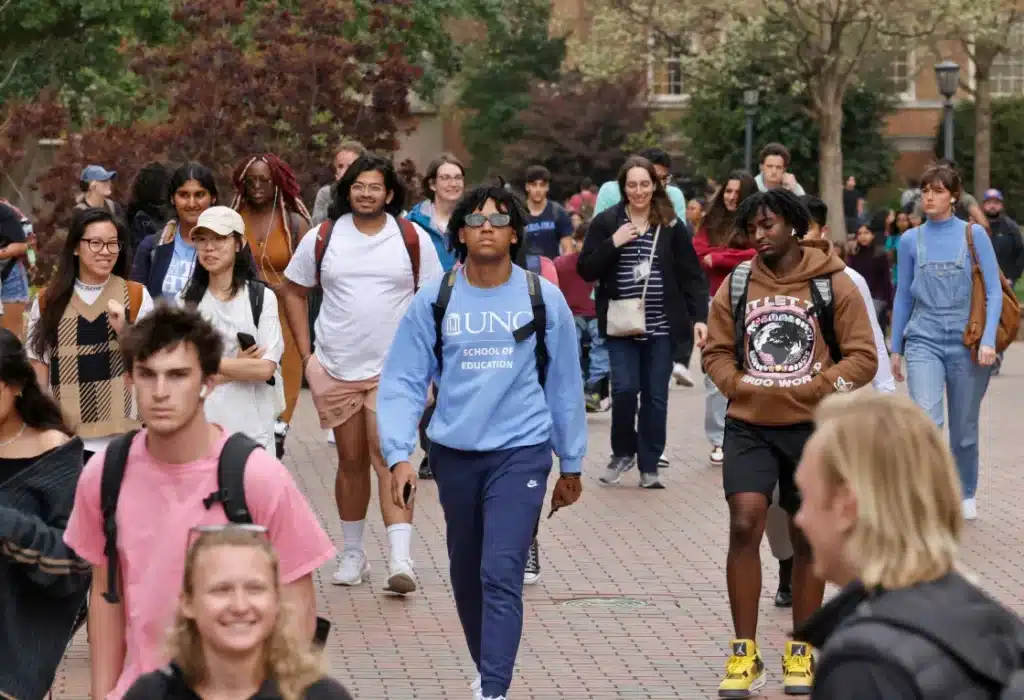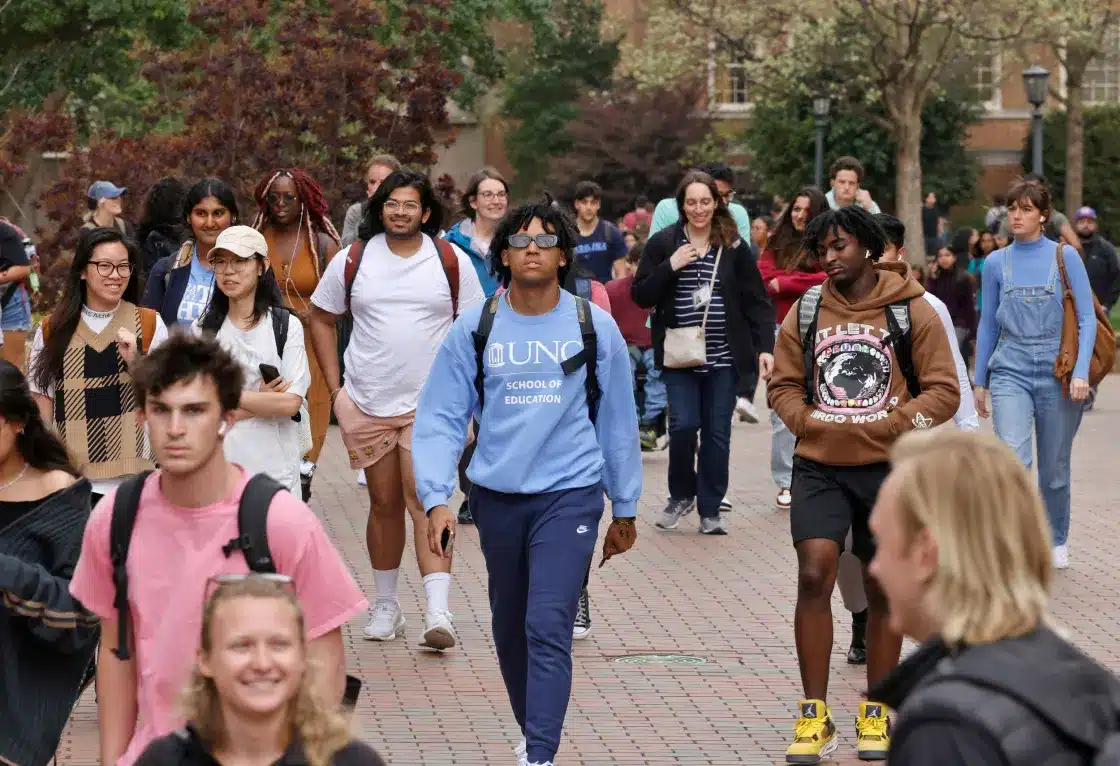
The Supreme Court has struck down affirmative action programs at Harvard University and the University of North Carolina (UNC), marking a significant shift in the legal landscape. Affirmative action refers to policies and practices aimed at promoting equal opportunity and countering historical discrimination. These programs are designed to address systemic inequalities and ensure fair access to education and employment opportunities. The legal battle against Harvard and UNC’s affirmative action programs centered on allegations of racial bias in the admissions process. Harvard and UNC defended their affirmative action policies, emphasizing the importance of diversity in education and considering race as a factor in admissions. Opponents of affirmative action programs claimed that race-conscious admissions policies violated the principles of equal protection under the law and perpetuated discrimination.
The Supreme Court’s decision against the affirmative action programs at Harvard and UNC marks a significant shift in the legal landscape. While the Court did not outright ban affirmative action, the decision imposes stricter scrutiny on such programs. The ruling underscores the need for universities to demonstrate that their admissions policies are narrowly tailored and employ race-conscious measures as a last resort.
The Supreme Court’s decision is likely to influence college admissions practices across the country. Educational institutions will need to reassess their affirmative action policies, ensuring they align with the Court’s ruling while promoting diversity and equal opportunity. With the evolving legal framework, colleges and universities will need to explore alternative approaches to foster diversity and inclusion, such as socioeconomic-based affirmative action, holistic review processes, or race-neutral initiatives.
The ruling’s impact on minority students is a topic of concern, as it may create additional challenges for underrepresented individuals seeking admission to higher education institutions. Public opinion and reactions on the Supreme Court’s ruling have elicited a range of responses from various stakeholders. Supporters argue that the ruling promotes fairness and merit-based admissions, while critics express concerns about potential setbacks for diversity and equal opportunity.
The Supreme Court’s decision sets a precedent for the future of affirmative action in college admissions, requiring universities to navigate the evolving legal landscape, ensuring their policies align with the Court’s guidance while fostering diversity and inclusivity. Legislative efforts at the federal and state levels may prompt legislative efforts to clarify the parameters of affirmative action in higher education. As educational institutions adapt to the new legal framework, they will play a pivotal role in shaping the landscape of higher education. The balance between diversity, meritocracy, and equal opportunity will continue to be at the forefront of discussions surrounding college admissions.



